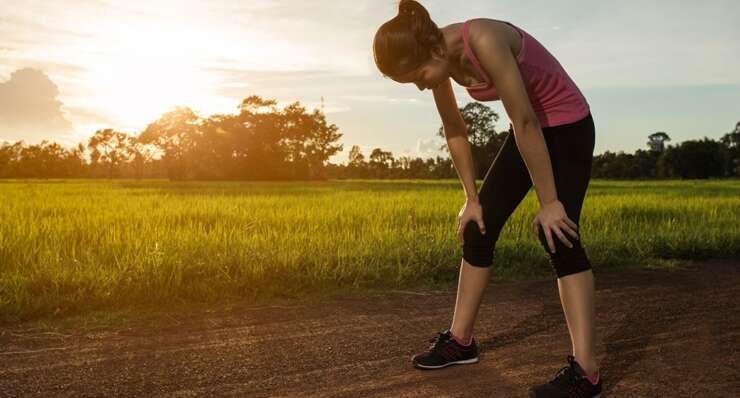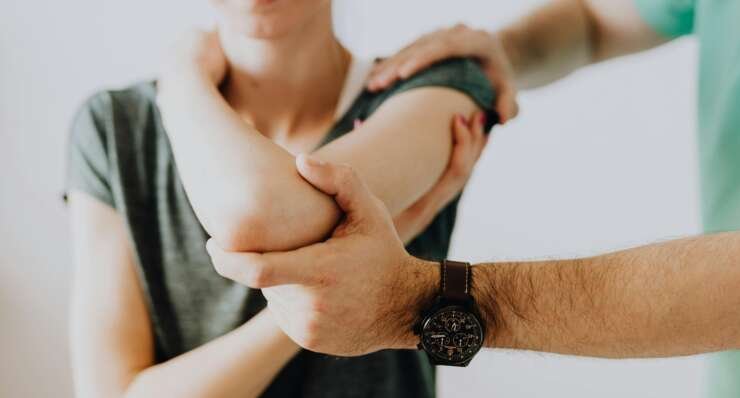PRP Injections Pain Management & Procedure Guide If you’ve suffered an injury, have arthritis, or a muscle strain, Platelet-Rich Plasma (PRP) therapy can help jump-start healing by using your own blood. Here’s a detailed look at what PRP injections do, how they’re done, and why most of Dr. Matthewson’s patients tolerate them comfortably—with numbing options available if needed. What Is…







